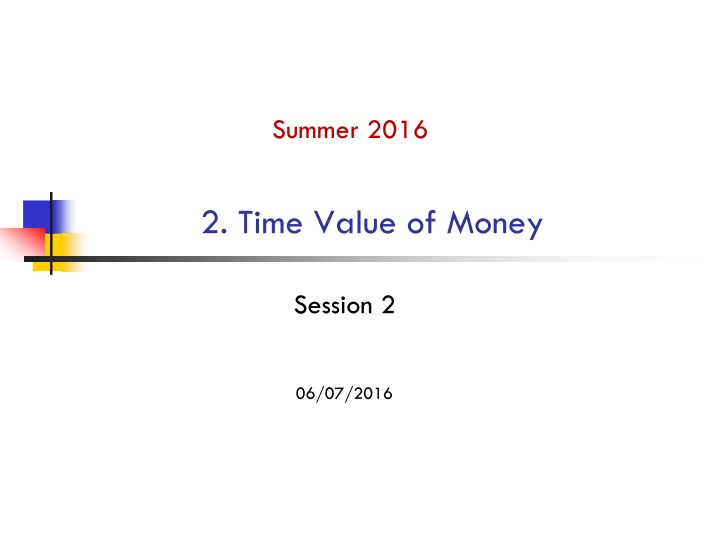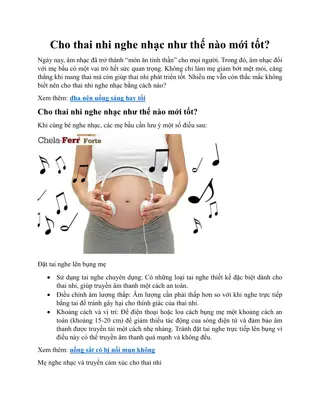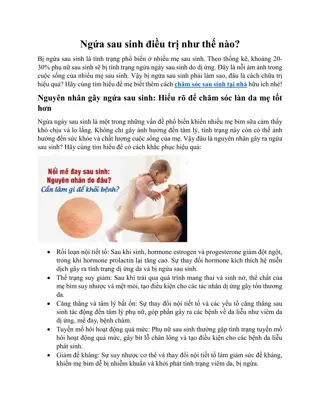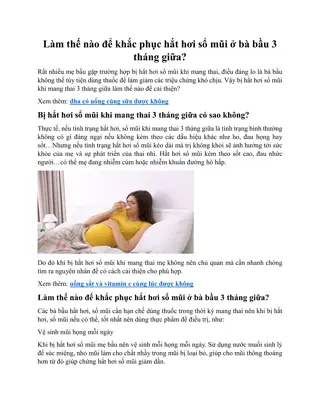
Time Value of Money Calculations and Economic Equivalence
Explore the concepts of time value of money, simple vs. compound interest, economic equivalence, and future equivalent through practical examples and illustrations.
Download Presentation

Please find below an Image/Link to download the presentation.
The content on the website is provided AS IS for your information and personal use only. It may not be sold, licensed, or shared on other websites without obtaining consent from the author. If you encounter any issues during the download, it is possible that the publisher has removed the file from their server.
You are allowed to download the files provided on this website for personal or commercial use, subject to the condition that they are used lawfully. All files are the property of their respective owners.
The content on the website is provided AS IS for your information and personal use only. It may not be sold, licensed, or shared on other websites without obtaining consent from the author.
E N D
Presentation Transcript
Summer 2016 2. Time Value of Money Session 2 06/07/2016
Objective The objectives of today s class are: to explain and make time value of money calculations, and to illustrate the concept of economic equivalence of money
Money & Time Value Money has a time value: Capital refers to wealth in the form of money or property that can be used to produce more wealth Engineering economy studies involve the commitment of capital for extended periods of time
Time Value of Money: 2 Approaches Simple Interest = Total Inte rest Earne d P i N = + F P P + i N = 1 ( P ) i N When the total interest earned or charged is linearly proportional to the initial amount of the loan (principal), the interest rate, and the number of interest periods, the interest and interest rate are said to be simple! Compound Interest the correct way! Compound interest reflects both the remaining principal and any accumulated interest
Economic Equivalence Allows us to compare alternatives on a common basis Each alternative can be reduced to an equivalent basis dependent on interest rate, amount of money involved, and timing of monetary receipts or expenses Using these elements we can move cash flows so that we can compare them at particular points in time
Example 1 Period Interest Amount (year) for Period 0 1 $120.00 2 $134.40 3 $150.53 4 $168.59 5 $188.82 Amount owed at End of Period $1,000.00 $1,120.00 $1,254.40 $1,404.93 $1,573.52 $1,762.34 $0 = + N 1 ( P ) F i = + 5 1000 1 ( . 0 12 ) = , 1 $ 762 34 .
Example 2 How much do I need to invest now to get $1000 after 5 years at 12% interest per year? F = $1000 0 1 2 3 4 5 years P = ?
Example 2 = + N ince F 1 ( ) , S P i F + 1 ( = P N 1 ( ) i + F = $1000 = N ) F i 0 1 2 3 4 5 years = + N 1 P F( i) = 5 1000 $ 12 1 . ( ) = 567 43 .
Example 3 What is the rate of return for an investment of $1000 that returns $1,762.34 after 5 years? F = $1762.34 0 1 2 3 4 5 years P = $1000
Example 3 = + N ince S F 1 ( P ) , i 1 N F = 1 i P 1 1762 34 . 5 = 1 1000 = . 0 12 The rate of return of the investment is 12%
The Rate of Return In the real world, many different terms are used to describe the rate of return needed to justify an investment: MARR Minimum Attractive Rate of Return Discount Rate Opportunity Cost of Capital (OCC) Hurdle Rate
Equivalence of Cash Flows F = ? A = ? P = ?
Present Equivalent and Future Equivalent of Single Payments
Functional Notation ( / , , i P ) ( / , , i F ) F N P N ( / , , i P ) ( / , , i A ) A N P N ( / , , i A ) ( / , , i F ) F N A N Each of these expressions corresponds to an equation see Appendix C in text: Interest and Annuity Tables for Discrete Compounding See also compound interest formulas on p. 134 or 619 Problems can be solved using either functional notation and discrete compounding tables, or direct use of the underlying equation use of a spreadsheet - excel 1. 2. 3.
Sinking Funds Create a sinking fund to buy equipment in the future deposit an amount of money A at end of every period to purchase equipment that costs F in year N, assuming i% interest every year F 0 1 2 3 N = 4 A A A A
Sinking Funds Must find the equivalence between F and A at interest rate i F 0 1 2 3 N A + A A A = + + + + + + 1 2 1 N 1 ( A + ) 1 ( A ) 1 ( A ) F A i i i N 1 ( ) i 1 i = A Algebraic Solution Functional Notation = ( / , %, ) A F A i N
Pop Quiz! Every year you deposit $2,000 into an account that earns 2% interest per year. What will be the balance of your account immediately after the 30th deposit? 20% 20% 20% 20% 20% A. $44,793 B. $50,000 C. $57,385 D. $81,136 E. $60,000 A. B. C. D. E.
Present from a Series of Cash Flows + N 1 ( ) 1 i + = P A N 1 ( i ) i = ( / , %, ) A P A i N Example 4 How much is needed today to provide an annual amount of $50,000 each year for 20 years, at 9% interest each year?
Finding A Given F i = A F + N 1 ( A ) 1 i = ( / , %, ) F F i N Example 5 How much would you need to set aside each year for 25 years, at 10% interest, to have accumulated $1,000,000 at the end of the 25 years?
Finding A Given P + N 1 ( i + ) i N = A P 1 ( A ) 1 N i = ( / , %, ) P P i If you had $500,000 today in an account earning 10% each year, how much could you withdraw each year for 25 years?
Pop Quiz! = True or False: ( / , %, ) ( / , %, ) A F i N A P i N i 50% 50% A. True B. False A. B.
Summary of Excel Functions PV = Present Value FV = Future Value PMT = Annuity NPV = Net Present Value (same as PV but for varying amounts)
Repaying a $17,000 Loan Principal Recall the $17,000 Loan at 1%? It is a case of finding A given P!
Example 6: Equipment Decision If your company buys new construction equipment, it will save $22,000 per year in labor and material costs The equipment has an expected life of 5 years, and no salvage value The company MARR is 15% What is the maximum price that your company should pay for the construction equipment? A = $22,000 P = A (P/A, i, N) = 22,000 (P/A, 15%, 5) = 22,000 (3.3522) = $73,748 N = 5 years i = 15% 1 2 3 4 5 P = ?
Exercise A 50-kilowatt gas turbine has an investment cost of $40,000 It costs another $14,000 for shipping, insurance, site preparation, fuel lines, and fuel storage tanks The operation and maintenance expense for this turbine is $450 per year. Additionally, the hourly fuel expense for running the turbine is $7.50 per hour, and the turbine is expected to operate 3,000 hours each year The cost of dismantling and disposing of the turbine at the end of its 8-year life is $8,000 If the MARR is 15% per year, what is the annual equivalent life-cycle cost of the gas turbine? What percent of annual life-cycle cost is related to fuel?
Recap of Todays Goals Simple vs Compound Interest Notation and Cash Flow Diagrams Simple Excel Functions Relating Present & Future Equivalent Values Single cash flows Uniform series (annuity)






















